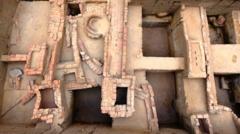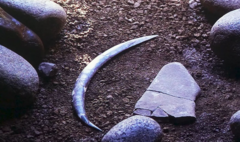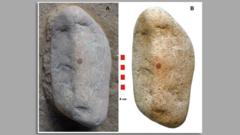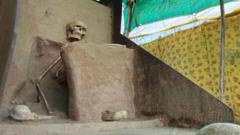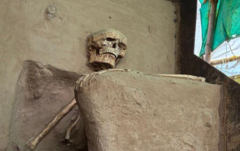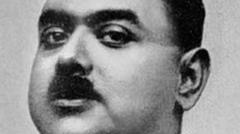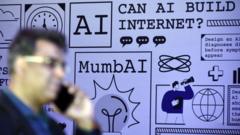With a $1 million challenge from Tamil Nadu's chief minister, the race to decipher the ancient Indus script has attracted many aspiring codebreakers. Despite modern research efforts and advancements in computer science, the mysteries of the script remain elusive.
Ancient Mysteries: The Challenge to Decipher the Indus Script Heats Up
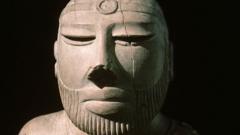
Ancient Mysteries: The Challenge to Decipher the Indus Script Heats Up
A million-dollar prize fuels the quest for understanding the enigmatic script of the Indus Valley Civilisation.
The search for the key to unlock the secrets of the ancient Indus script has gained momentum with a $1 million challenge announced by MK Stalin, the chief minister of Tamil Nadu, India. The script, used by the Indus Valley Civilisation, has puzzled researchers for generations, leading to an influx of self-proclaimed codebreakers eager to prove their theories.
Every week, computer scientist Rajesh PN Rao receives emails from enthusiastic individuals claiming they've cracked the code, most hailing from India or the Indian diaspora abroad. "They believe they've solved it and that the 'case is closed,'" says Rao, a Hwang Endowed Professor at the University of Washington who has extensively studied the enigmatic script.
The Indus Valley Civilisation, one of the world's earliest urban societies emerging around 5,300 years ago in present-day northwest India and Pakistan, left behind about 4,000 scripts primarily found on seals used for trade. Despite more than a century of analysis, linguists, archaeologists, and scientists remain baffled by its undeciphered writing, with theories linking it to various ancient languages.
According to leading Indologist Asko Parpola, "The Indus script is perhaps the most important system of writing that is undeciphered." Enthusiastic hobbyists propose spectacular theories of religious or magical meanings, but many of these ignore the script's primary trade context, suggesting practicality over spirituality.
Deciphering the script poses several challenges, including the limited number of artifacts and the brevity of the inscriptions, which average just five signs. Furthermore, the absence of a bilingual artifact akin to the Rosetta Stone hinders progress.
Recent efforts have adopted machine learning to uncover potential patterns within the script. Nisha Yadav, a researcher at the Tata Institute of Fundamental Research in Mumbai, and her team have reported intriguing findings based on a digitized dataset. They identified 67 signs that encompass 80% of the text, signaling that there could be an underlying logic to the script.
Despite the advances, scholars remain skeptical about quick breakthroughs. Mr. Rao cites the Proto-Elamite, Linear A, and Etruscan scripts as other ancient writings that share similar decipherment hurdles. In tandem, Tamil Nadu researchers K Rajan and R Sivananthan recently linked Indus signs to 14,000 pottery fragments bearing local graffiti, which may imply cultural contacts.
Mr. Stalin's financial incentive might also serve a political purpose, as it positions him as a defender of Tamil heritage against the backdrop of national narratives influenced by ruling party sentiments in Delhi.
As the challenge unfolds, Yadav expresses a universal curiosity, stating, "But what did the Indus people write? I wish we knew." With the mysteries of the Indus script still embedded in the sands of history, the allure of discovery continues to spark interest among scholars and aspiring codebreakers alike.

